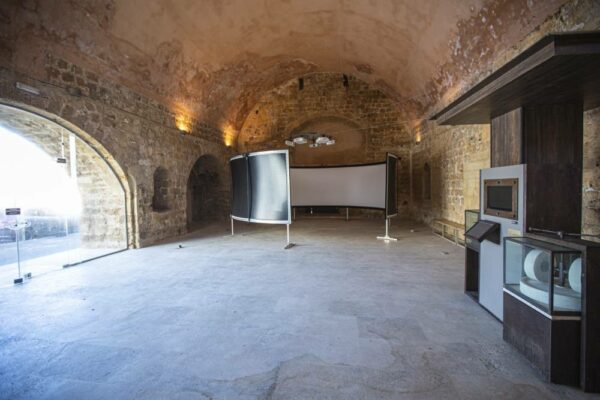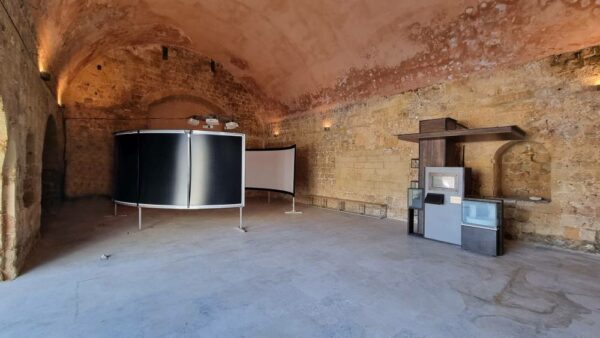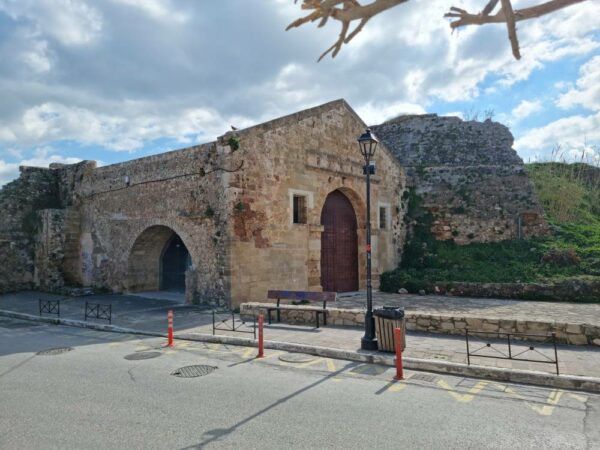Construction of the second (external) Venetian wall of Chania started in early 16th century and finished in 1590. It comprised three (3) Gates and Porta Sabbionara (Gate of Sand) is the only one that has survived to this day. It was named Porta Sabbionara (Gate of Sand) by the Venetians because of the sandy beach that used to be there. The gate featured an imposing gateway with a door made of thick wood and iron. Porta Sabbionara was destroyed in 1645 during the siege of the city of Chania by the Turks who, nevertheless, rebuild it in a smaller scale in order to be more easily protected against enemy attacks. They named it Koum Kapi (Kum-Kapisi) which means “Gate of Sand” in Turkish. At present, the entire eastern part of the city, outside the walls, is known as Koum Kapi. The bastion located next to Porta Sabbionara is named after the Venetian Mocenigo and is built in the sea. Its south side features a crest with the Lion of Saint Mark, coats of arms, and the date 1591. To the south of the gate we find the ruins of the Sabbionara cavalier, which was bombarded during WWII. Following completion of restoration works, it is currently used as an exhibition space by the Municipality of Chania.
This website uses cookies so that we can provide you with the best user experience possible. Cookie information is stored in your browser and performs functions such as recognising you when you return to our website and helping our team to understand which sections of the website you find most interesting and useful.









